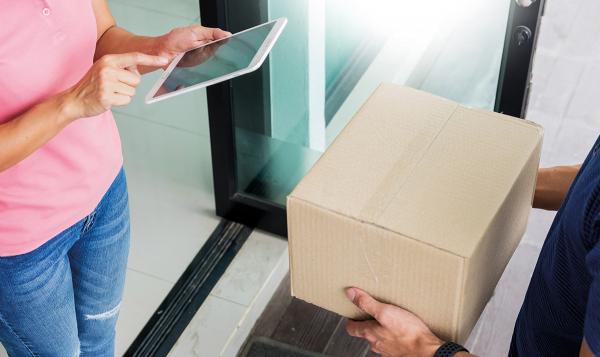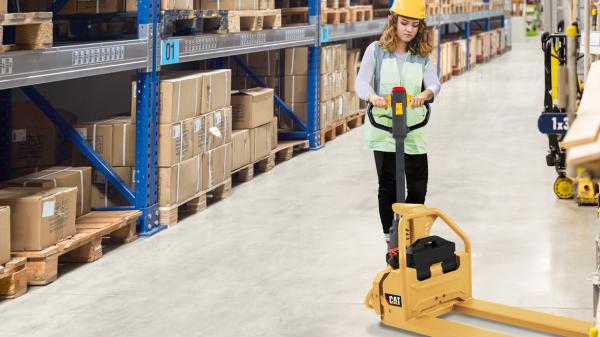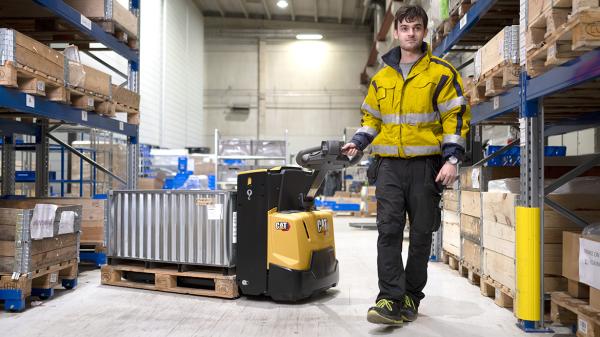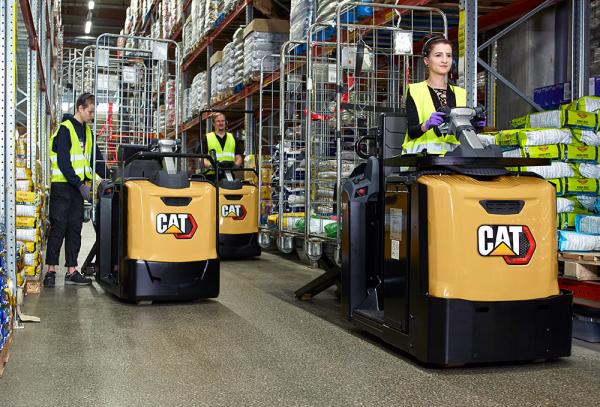In recent years, we have seen e-commerce explode. It has become increasingly easy to buy online, and with more and more retailers selling in this way, consumers are taking full advantage of the benefits.
But will e-commerce sales reach a peak? And how can supply chains prepare for the future? We explore.
Why e-commerce is growing so rapidly
There are many reasons why e-commerce is growing at such a rapid rate.
For example, emerging markets are having a huge impact on e-commerce growth. According to the Economic Times, 3 billion people from emerging markets are expected to have access to the internet by 2022, and experts predict that 20% of all online retail sales will be generated by this demographic as a result.
There’s also changing consumer buying habits to consider. As we become more connected online, shopping preferences continue to change. Many people now shop online as it saves time and use online retailers as they are available around the clock. As e-commerce becomes increasingly suited to people’s buying preferences, it in affect continues to have a significant impact on e-commerce growth.
However, we can’t ignore the impact of the pandemic. With many countries in and out of lockdown and restrictions meaning people were unable to visit their favourite stores as frequently over the past year, e-commerce sales across the globe grew significantly.
The future of e-commerce
But what does the future of e-commerce look like? Will e-commerce growth continue, or will people eventually revert back to traditional shopping habits?
Well, experts believe the sector will continue to boom over the coming years. In fact, by 2024, Statista projects that e-commerce sales will grow by a further 8.1% globally.
But beyond this, it’s tricky to predict what’s in store for the future of e-commerce. As with all things, e-commerce sales are likely to hit a ceiling at some point and experts expect this might be when the channel reaches 25% market share of all retail sales. As of the end of 2021, e-commerce is predicted to have just 15% market share; so there’s still plenty of room for growth.
How should e-commerce businesses respond?
The impact of e-commerce means pressure continues to mount on warehouses, supply chains and logistics companies. So how can these companies adapt to accommodate the growth in e-commerce?
1) Outsourcing
In our recent article which explored logistics trends for 2021, we discovered that many companies will turn to outsourcing as a way to manage the demands associated with e-commerce growth.
There are many benefits associated with outsourcing supply chain activities, including being able to offer a consistent, reliable and efficient service even with fluctuations in demand. Whether it’s outsourcing last-mile delivery or order fulfilment, companies should consider their outsourcing options in order to manage increasing pressures.
2) New technologies
Having the right technologies in place ensures operations run smoothly, quickly and efficiently. That’s particularly important for businesses facing increased pressures, such as those in the world of e-commerce.
From AI to the Internet of Things (IoT), there are many technologies businesses can adopt in order to cope with increasing demands. In fact, in our recent article, we highlighted AI and IoT as two trends that will take hold in 2021. Offering benefits such as the ability to spot patterns, which can help companies manage demand, and better connectivity without the need of human input, it’s no surprise these technologies will be adopted by companies involved in the supply chain as they continue to face the pressures of the e-commerce boom.
3) Location of warehouses
As consumers become increasingly used to buying online, their expectations also increase. For example, consumers are now expecting their deliveries faster than ever before and some of the biggest online retailers now even offer same day delivery as a result.
One way e-commerce companies can prepare for rising consumer expectations is to consider the location of their warehouses. Many companies are now looking to establish warehouses closer to urban centres in order to keep pace with demand for faster delivery.
4) Reliable, efficient equipment
Along with having the right technology, having reliable and efficient materials handling equipment is also important. With e-commerce growing rapidly, there are many things to consider. Will you have to increase the height of your storage, and therefore need to invest in lift trucks with increased picking heights? Perhaps you need to be able to move more stock at once and therefore need materials handling equipment with increased lifting capacity?
Either way it’s important to review your warehouse equipment requirements in order to remain efficient and productive.
As e-commerce continues to grow, companies involved in the supply chain will no doubt find new ways to adapt to the demands. Technology will continue to evolve and new solutions will become available that will allow the supply chain to run more smoothly and efficiently.
For more on industry trends, news and specific product information, visit our blog here. Don’t forget to follow us on socila media too.




